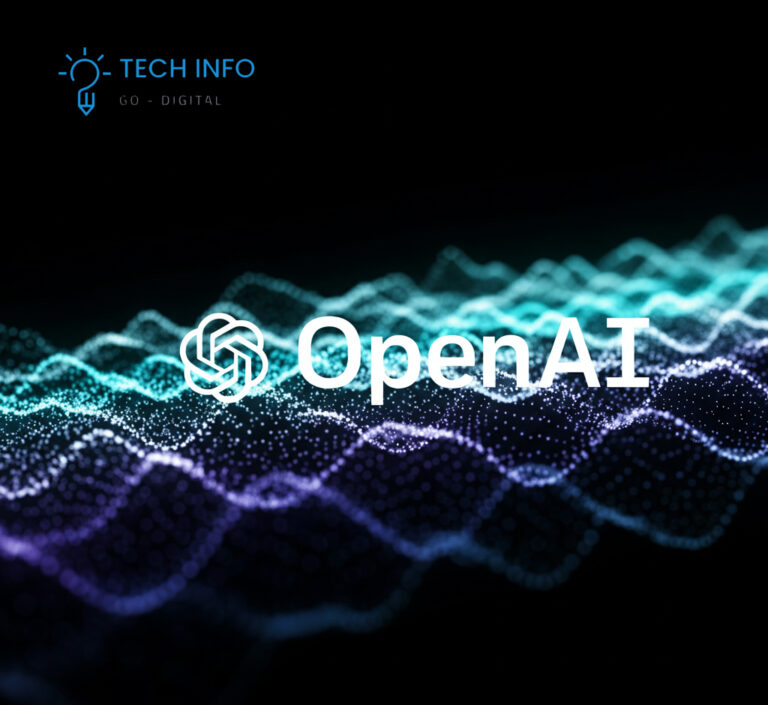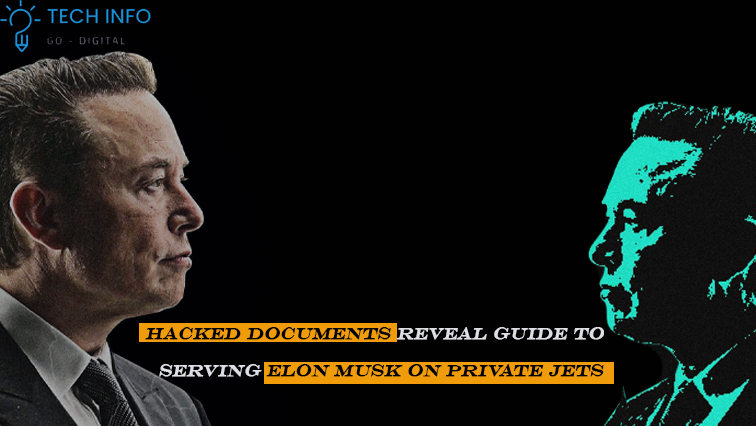Table of Contents
ToggleIs OpenAI Leaving California? The Truth Behind the Exit Rumors and Regulatory Scrutiny
Rumors are swirling around one of the world’s most prominent AI labs. Recent reports suggested that OpenAI, the company behind ChatGPT, was considering a dramatic exit from California due to mounting regulatory pressure. Such a move would send shockwaves through the tech industry and the state’s economy.
But is there any truth to the speculation? OpenAI has publicly denied the claims, calling them unfounded. So, what’s really going on? The situation is a complex clash between ambitious technological growth and necessary oversight, centered on a fundamental question: How can a company built for public good also attract the capital needed to win the global AI race?
The Exit Rumors: Contingency Plan or Media Frenzy?
The story began with reports that OpenAI executives, concerned by opposition from California regulators, had privately discussed relocating the company as a “last-ditch” fallback option. The fear was that if the state’s Attorney General moved to block its corporate restructuring, it could jeopardize billions in funding and stall critical product development.
OpenAI’s response was swift and clear. The company stated it has “no active plans” to leave California and is fully committed to its Bay Area roots. This denial aims to reassure its employees, investors, and partners that the focus remains on resolving regulatory concerns, not on finding a new home.
Why Are Regulators Scrutinizing OpenAI?
The heart of the issue lies in OpenAI’s ongoing corporate restructuring. The company is attempting to transition from a pure non-profit to a more complex structure: a for-profit Public Benefit Corporation (PBC) that remains under the ultimate control of its original non-profit board.
This shift is designed to solve a critical problem: the non-profit model couldn’t raise the enormous capital required to train frontier AI models. The PBC structure allows for broader investor participation while, in theory, legally obligating the company to balance public good with profit.
However, this move has attracted intense scrutiny from two key regulators:
- California Attorney General Rob Bonta: His office is investigating whether the restructuring complies with state charitable trust laws. The concern is that assets originally dedicated to a public mission might be improperly diverted for private gain.
- Delaware AG Kathleen Jennings: As OpenAI is incorporated in Delaware, its AG has joined California in pressing the company, particularly on issues of youth safety and governance. They have jointly demanded stronger default protections for minors and clearer alignment with OpenAI’s public-interest mission.
The New Front in the Battle: Youth Safety
Recently, the regulatory focus has sharpened on product safety, especially for children and teenagers. Officials have cited growing public concern over how generative AI interacts with young, vulnerable users. They are pushing for more robust age verification, crisis response protocols, and product governance, framing these not just as ethical imperatives but as legal obligations.
This reframes the entire debate. It’s no longer just about corporate paperwork; it’s about whether the new structure provides the right incentives and controls to keep users safe.
Why a California Exit is Unlikely (Despite the Rumors)
Even as a contingency plan, leaving California would be a drastic and costly measure for OpenAI.
- Cultural Cost: OpenAI’s research-driven culture is deeply embedded in the region’s tech landscape. Relocating could risk a “brain drain” of top researchers unwilling to move.
- Regulatory Domino Effect: Fleeing one state’s regulations might only invite even tougher scrutiny from others, or from federal agencies. Solving the problem through negotiation is a far more strategic path.
OpenAI’s denial suggests they understand this and are betting they can find a compromise with regulators.
The Bottom Line: Mission vs. Monetization
The core tension here is universal for mission-driven tech companies: how to balance idealism with the practicalities of a competitive market.
OpenAI’s proposed structure is an attempt to walk this tightrope. The nonprofit board retains control to safeguard the original mission, while the PBC operating entity can raise the capital needed to compete with well-funded rivals like Google and Meta.
The coming months will be decisive. The outcome of this negotiation will set a crucial precedent for the entire AI industry, influencing how other labs structure their own governance and how governments approach oversight.
For now, an OpenAI exit from California is off the table. The real story is the high-stakes, behind-the-scenes effort to define the rules of the road for artificial intelligence—ensuring that innovation and responsibility can move forward together.





